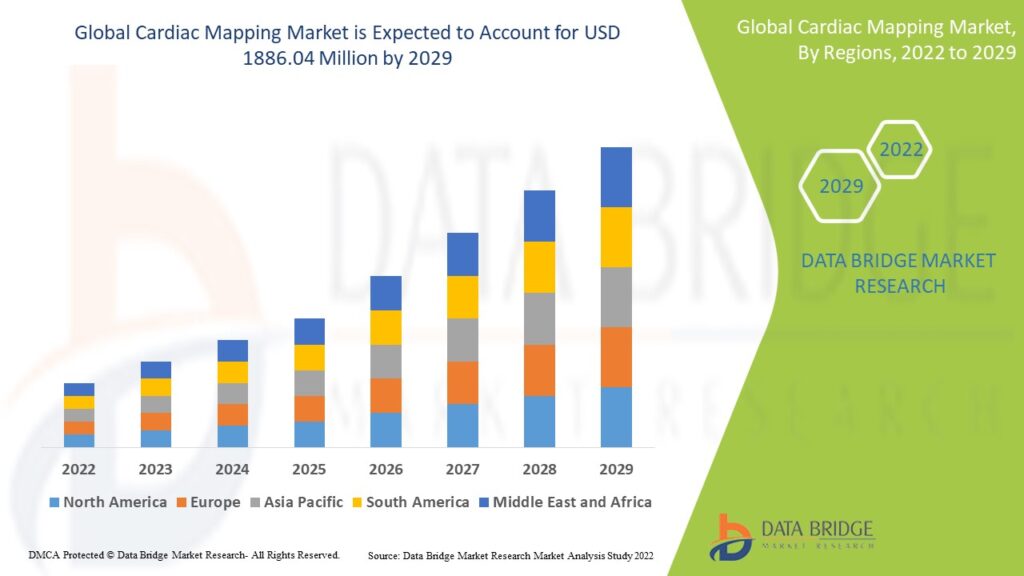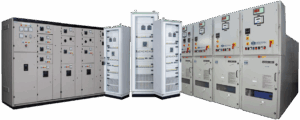Content:
The global cardiac mapping market is witnessing significant growth, driven by rising incidences of cardiac arrhythmias, technological advancements in electrophysiology, and an increasing demand for minimally invasive procedures. Cardiac mapping, a critical tool for diagnosing and treating complex arrhythmias, allows for precise visualization of the electrical activity within the heart. This enables physicians to target the source of arrhythmias more effectively during ablation procedures.
Market Overview
Cardiac mapping systems play a pivotal role in diagnosing irregular heart rhythms, especially atrial fibrillation (AF), which affects millions globally. These systems collect and analyze data from catheters placed inside the heart to create three-dimensional maps of electrical activity. As cardiovascular diseases continue to rank as a leading cause of mortality worldwide, the demand for accurate diagnostic technologies like cardiac mapping is increasing exponentially.
The global cardiac mapping market was valued at approximately USD 1.9 billion in 2024 and is projected to reach USD 3.2 billion by 2030, growing at a CAGR of around 8.5% during the forecast period. Key drivers of this growth include the rise in elderly population, growing awareness of cardiac health, and broader availability of technologically advanced mapping systems.
Key Market Drivers
-
Increasing Prevalence of Cardiac Arrhythmias
With millions suffering from AF and other arrhythmias, cardiac mapping has become essential for accurate diagnosis and treatment planning. The growing burden of lifestyle-related health issues, such as obesity and hypertension, further amplifies this need. -
Technological Advancements
Innovations such as high-resolution 3D mapping, contact force sensing catheters, and AI-powered data analytics are transforming the cardiac mapping landscape. These advances allow for better visualization, faster mapping, and more effective ablation strategies. -
Growing Adoption of Minimally Invasive Procedures
As patients and healthcare providers favor procedures with shorter recovery times and lower complication risks, minimally invasive cardiac mapping and ablation have gained popularity. These procedures are now increasingly performed in outpatient settings. -
Supportive Government Initiatives and Reimbursement Policies
In several regions, favorable healthcare reimbursement structures and governmental support for cardiac care are facilitating access to cardiac mapping technologies.
Market Segmentation
By Product Type:
-
Contact Mapping Systems
-
Non-contact Mapping Systems
-
Electroanatomical Mapping Systems
By Indication:
-
Atrial Fibrillation
-
Atrial Flutter
-
AV Nodal Reentrant Tachycardia (AVNRT)
-
Others
By End User:
-
Hospitals
-
Ambulatory Surgical Centers
-
Cardiology Clinics
-
Academic & Research Institutes
Regional Insights
North America leads the global cardiac mapping market due to high healthcare expenditure, widespread adoption of advanced technologies, and a strong presence of major industry players. The United States, in particular, dominates due to a high prevalence of cardiac diseases and a well-established healthcare infrastructure.
Europe follows closely, benefiting from increased awareness, aging demographics, and improved diagnostic facilities. Meanwhile, Asia-Pacific is expected to register the fastest growth during the forecast period due to increasing healthcare investment, rapid urbanization, and a surge in cardiovascular cases, especially in countries like India and China.
Competitive Landscape
The cardiac mapping market is moderately consolidated, with several key players focusing on strategic collaborations, R&D investments, and product launches to strengthen their market position. Major players include:
-
Biosense Webster (Johnson & Johnson)
-
Abbott Laboratories
-
Boston Scientific Corporation
-
Medtronic plc
-
MicroPort Scientific Corporation
-
Acutus Medical
-
EP Solutions SA
Recent Developments
-
Biosense Webster introduced advanced 3D mapping systems with AI integration to improve real-time visualization.
-
Acutus Medical launched novel non-contact mapping platforms aimed at improving mapping accuracy in complex arrhythmia cases.
-
Medtronic expanded its cardiac ablation and mapping system offerings with new catheter technologies to improve precision.
Challenges
Despite its growth, the cardiac mapping market faces several challenges:
-
High Cost of Equipment: Advanced cardiac mapping systems are expensive, limiting accessibility in low- and middle-income regions.
-
Lack of Skilled Professionals: Effective use of cardiac mapping tools requires specialized training, which may not be universally available.
-
Regulatory Hurdles: Varying global regulations and approval timelines can slow down product launches and market entry.
Future Outlook
The future of the cardiac mapping market looks promising, driven by continued technological innovation, increasing healthcare access in emerging markets, and greater emphasis on early diagnosis and personalized treatment. Integration of artificial intelligence, robotics, and wearable cardiac monitors is expected to further enhance mapping accuracy and patient outcomes.
In conclusion, the cardiac mapping market is set to expand robustly, offering valuable opportunities for stakeholders across the healthcare ecosystem. As precision medicine and minimally invasive cardiology continue to gain traction, cardiac mapping systems will play an increasingly indispensable role in delivering better cardiovascular care.
Get more Details
https://www.databridgemarketresearch.com/reports/global-cardiac-mapping-market






